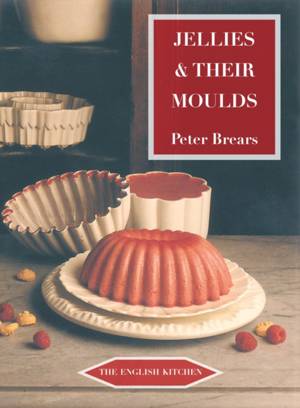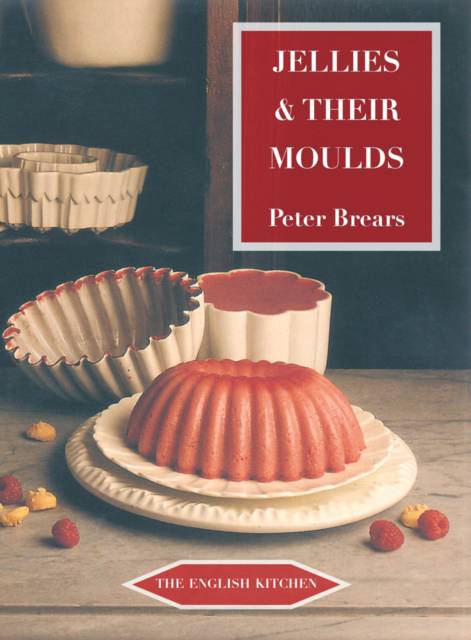
Bedankt voor het vertrouwen het afgelopen jaar! Om jou te bedanken bieden we GRATIS verzending (in België) aan op alles gedurende de hele maand januari.
- Afhalen na 1 uur in een winkel met voorraad
- In januari gratis thuislevering in België
- Ruim aanbod met 7 miljoen producten
Bedankt voor het vertrouwen het afgelopen jaar! Om jou te bedanken bieden we GRATIS verzending (in België) aan op alles gedurende de hele maand januari.
- Afhalen na 1 uur in een winkel met voorraad
- In januari gratis thuislevering in België
- Ruim aanbod met 7 miljoen producten
Zoeken
Omschrijving
Peter Brears has a long acquaintance with jellies in every guise. He was fed them in childhood, he turned to curating their moulds and associated artefacts while director of York and Leeds museums, and he has made them for innumerable historical food shows and events. And jelly is a much bigger thing than some packet from the supermarket mixed with boiling water. In the first place, it was not factory-made gelatine that did the setting, but any number of ingenious adaptations of kitchen materials and ingredients. In the second, it was not just a simple clear, coloured solid, but an optical prism to show off and transform the foods contained within it. It was the cook's greatest resource for introducing colour, variety and delight into the table display. The book sketches in the history of jellies, particularly in England, and discusses their place within a meal; gives several recipes based on the various setting agents (carrageen, gelatine, isinglass) and also for cereal moulds (flummery, tapioca, semolina, rice, cornflour, etc.); describes how jellies may be assembled by layering, embedding, lining and inclusion of fruit, nuts, gold, etc.; and gives an excellent illustrated account of the various forms of jelly moulds.
Specificaties
Betrokkenen
- Auteur(s):
- Uitgeverij:
Inhoud
- Aantal bladzijden:
- 255
- Taal:
- Engels
- Reeks:
Eigenschappen
- Productcode (EAN):
- 9781903018767
- Verschijningsdatum:
- 12/12/2010
- Uitvoering:
- Paperback
- Formaat:
- Trade paperback (VS)
- Afmetingen:
- 137 mm x 185 mm
- Gewicht:
- 362 g

Alleen bij Standaard Boekhandel
+ 41 punten op je klantenkaart van Standaard Boekhandel
Beoordelingen
We publiceren alleen reviews die voldoen aan de voorwaarden voor reviews. Bekijk onze voorwaarden voor reviews.









